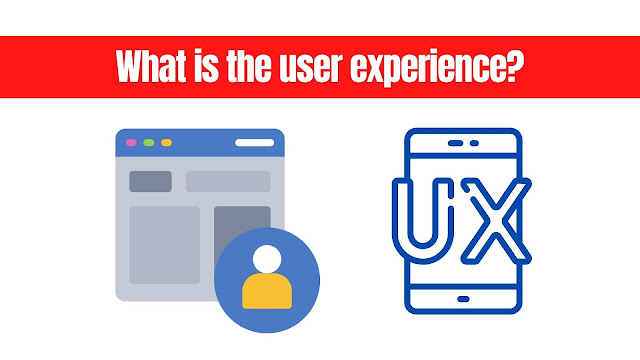The user experience is the process that the user carries out when interacting with a product . This concept has its origin in the field of online Marketing, being closely linked to the concept of Brand Experience (intent to establish a familiar and consistent relationship between consumer and brand).
Sometimes we confuse the concept of user experience with usability . Let's see how they differ to better understand what the user experience is:
Usability: It is the ease with which people can use a particular tool or any other human-made object in order to achieve a specific goal.
User experience : Set of factors and elements related to user interaction, with a specific environment or device, the result of which is the generation of a positive or negative perception of said service, product or device.
Therefore, when we enter a web project, in its final result we can find the following situations:
- The product is usable but does not generate a great user experience.
- The product is usable and also generates a great user experience.
- The product is not usable but generates a great user experience: This does not make sense to happen and that would indicate that something is being done wrong.
The perfect combination would be the second: The product is usable and also generates a great user experience. If we achieve this tandem, we will be generating unique and noticeable experiences for the user, which will return us a tangible benefit, not only in our brand reputation but also in a real medium-long term benefit.
In addition, it must be taken into account that emotional aspects play a fundamental role in user interaction because emotional states affect the cognitive processes that influence a user's relationship with a product.
By way of conclusion, we can say that the User Experience:
- It is the result of an interactive phenomenon in which a multitude of factors intervene: individual, social, cultural, contextual and specific to the product.
- It will be conditioned by the user's expectations and previous experiences.
- It offers a broader perspective on the use and consumption of interactive products, and therefore more in line with reality.
- It is concerned with little considered factors such as the emotional behavior of the user and the importance of design and aesthetics in this behavior.
